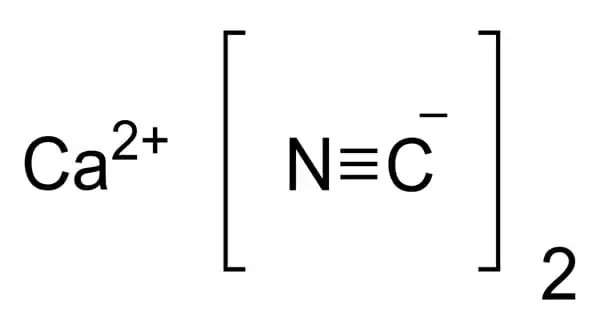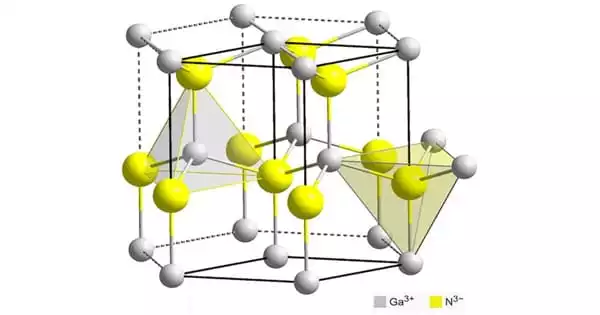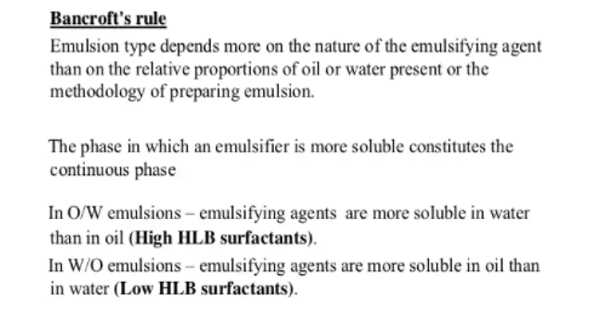Smaller dinosaurs seeded the earth with the components to develop life long before a space rock caused death on an unparalleled scale to the dinosaurs. Meteorites were discovered to contain some, but not all, of the nucleobases that DNA and RNA are made of in the 1960s. The discovery of the missing nucleobases in meteorites now supports the theory that the chemistry necessary to create life originated from the heavens. The early Earth was a harsh environment, with temperatures that could break apart the molecules required for life. This begs the issue of where these molecules came from once the planet was cool enough to support them, and the obvious answer is asteroids and comets.
When guanine, adenine, and uracil, all nucleobases that help create nucleic acids like DNA and RNA, were discovered within meteorites, along with five additional nucleobases, the theory gained some traction. These ingredients are essential, but not sufficient, for life to originate on Earth as we know it. The discovery of the missing fundamental nucleobases cytosine and thymine in meteorites for the first time, as reported in Nature Communications, fills a crucial gap. It’s not surprising to find cytosine and thymine in meteorites. Aside from the puzzle of how they may have been present on Earth at the time they were needed, research simulating circumstances in space imply that both should form there.
Nonetheless, the inability to locate these critical chemicals in space rocks raised the nagging question of whether we had overlooked anything. Pyrimidine nucleobases, like cytosine and thymine, are made up of a single six-membered nitrogen ring. However, uracil, which had previously been discovered in meteorites, is also present. All three have now been discovered in the Murchison, Murray, and Tagish Lake meteorites, according to lead author Professor Yasuhiro Oba of Hokkaido University and co-authors. The pyrimidine nucleobases’ structural isomers (molecules with the same atoms but organized differently) are also present in the same samples.
The three meteorites were chosen because they are all carbon-rich and were retrieved shortly after their impact. Scientists had already discovered 96 distinct amino acids in the Murchison meteorite, making it a gold mine for them. Despite the extensive investigation, cytosine and thymine had been undetected until now, probably because earlier researchers’ stronger extraction procedures damaged the more delicate molecules. The quantities of nucleobases in two shards of the Murchison meteorite differed by a factor of 10, demonstrating that it pays to keep looking if the initial sample from a prospective meteorite doesn’t include the molecules you’re looking for.
Oba’s team earlier shown that these nucleobases may be made from water ice, carbon monoxide, methanol, and ammonia in interstellar circumstances. At this point, it’s only speculation as to whether or not this is where they originated from. Other planets would be drenched in these chemicals if they arrived from space, enhancing the odds of life elsewhere in the cosmos. This conclusion should not be confused with the even more exotic panspermia hypothesis, according to which life originated elsewhere and was brought to Earth by chance.
















